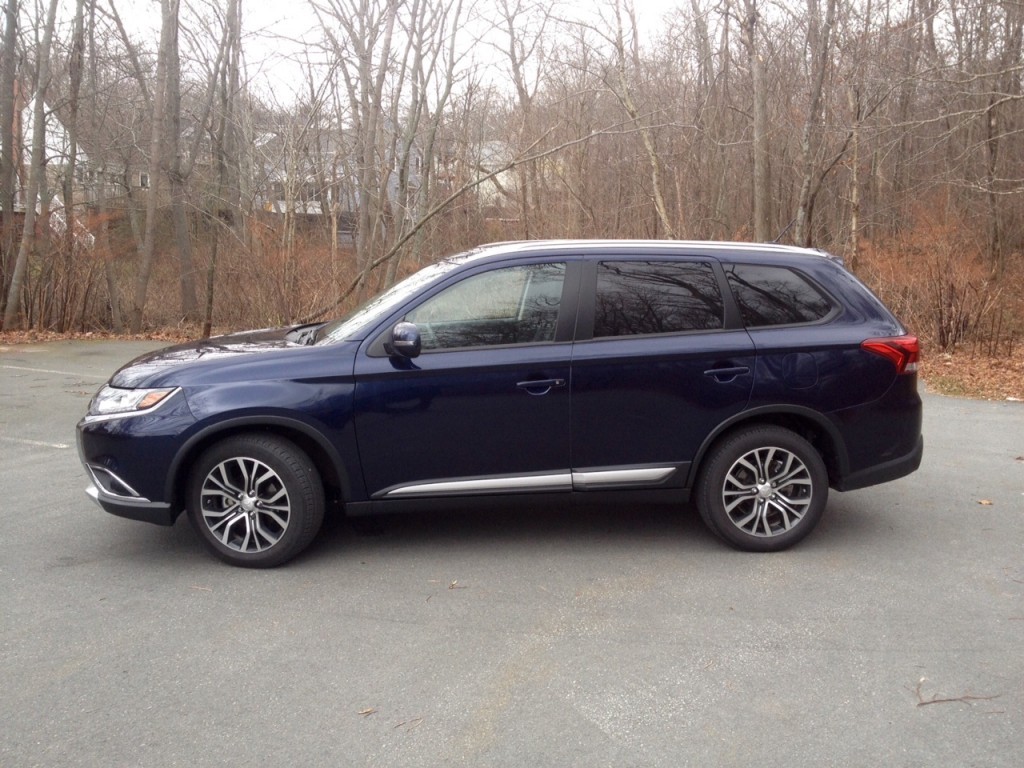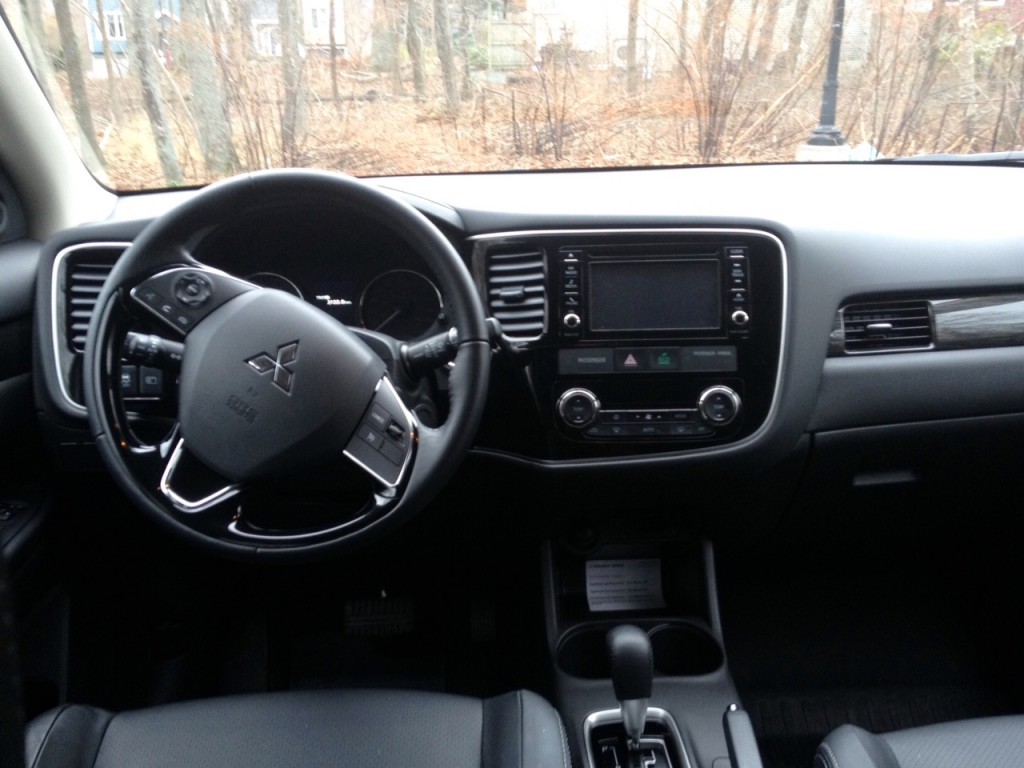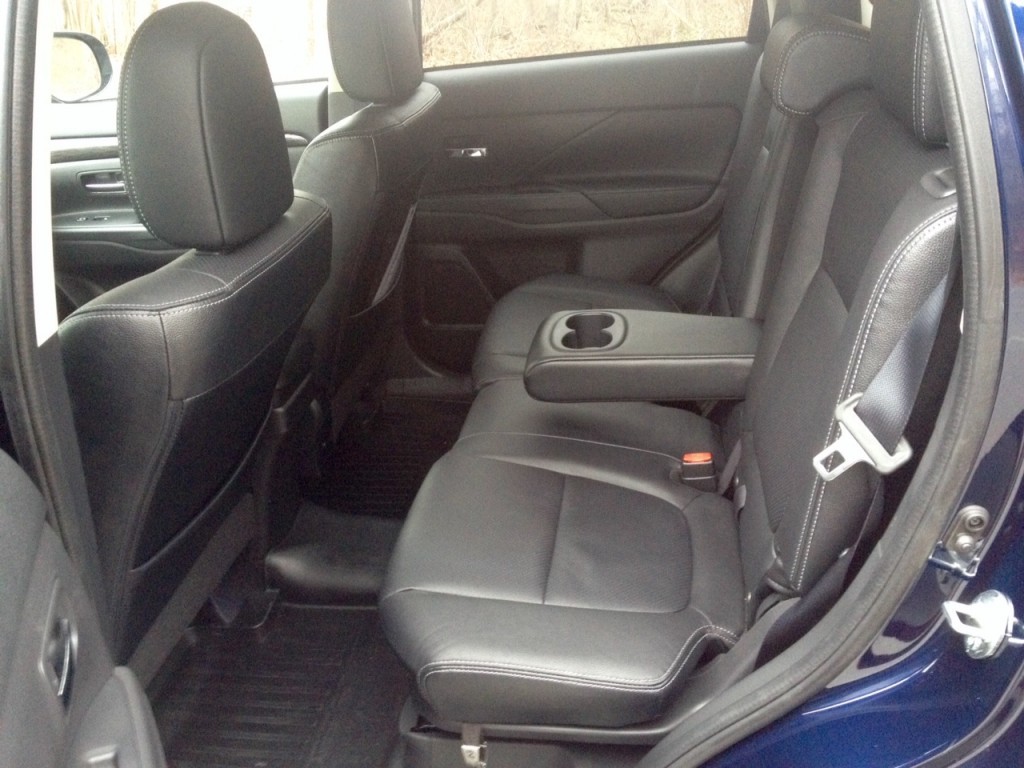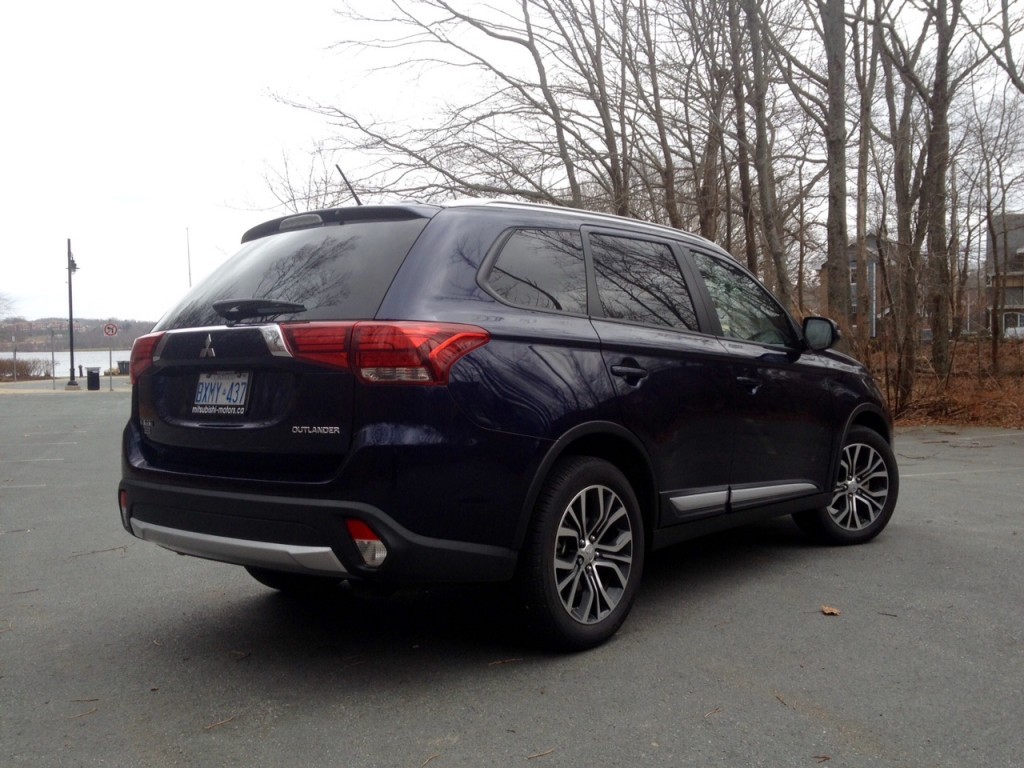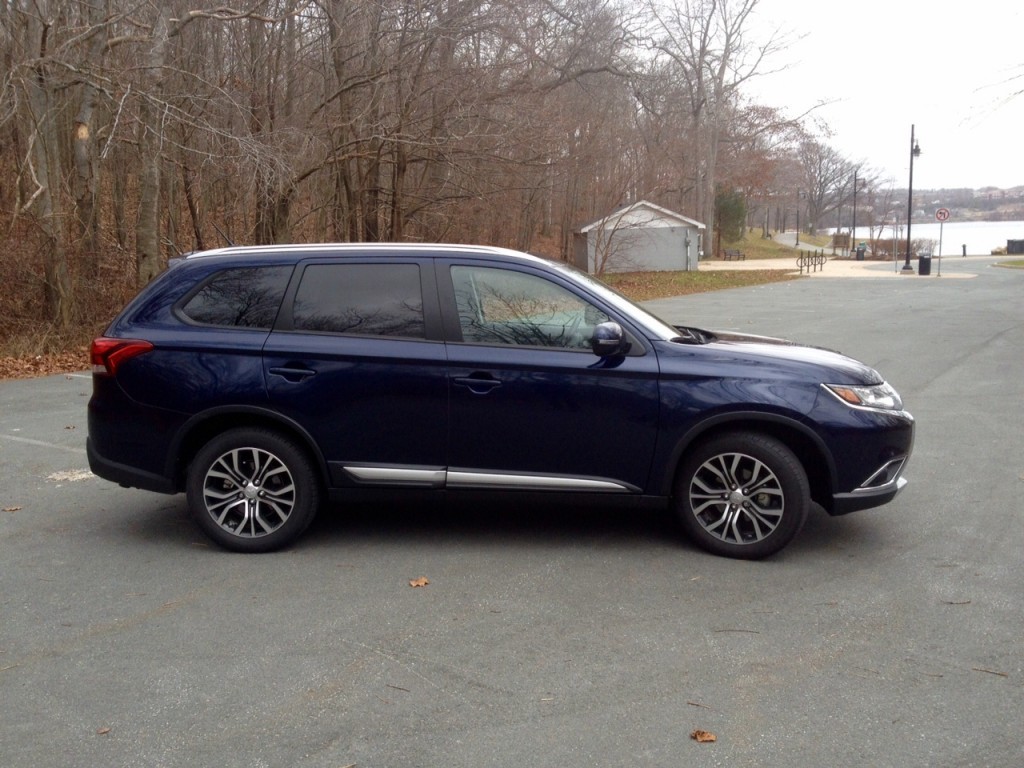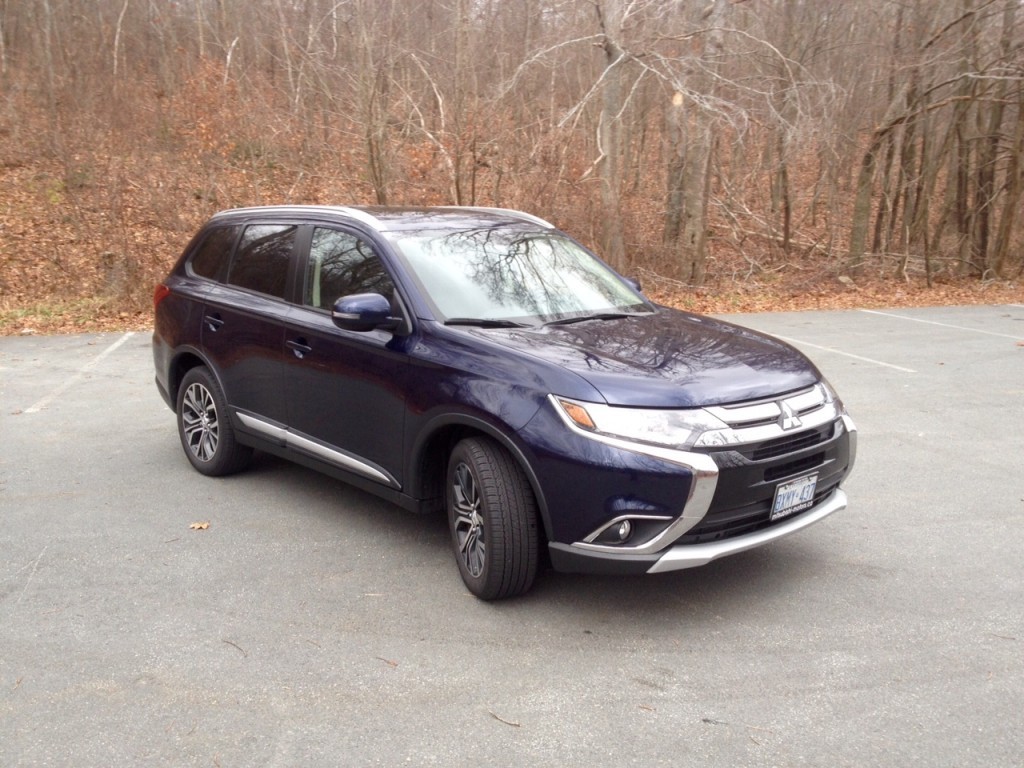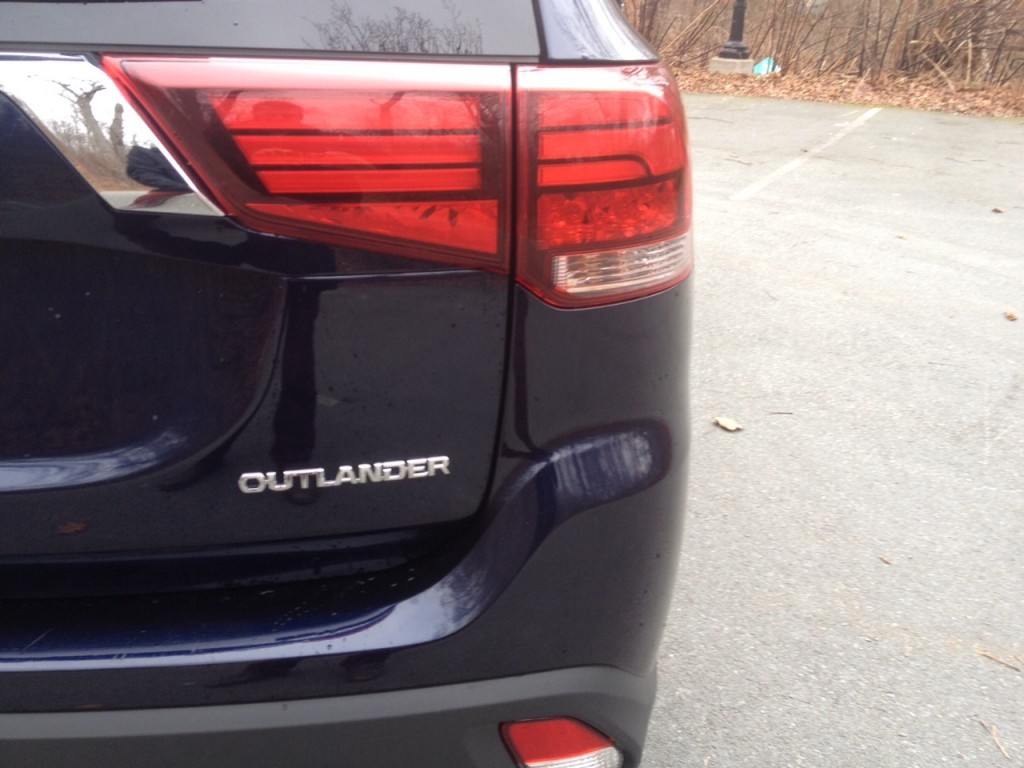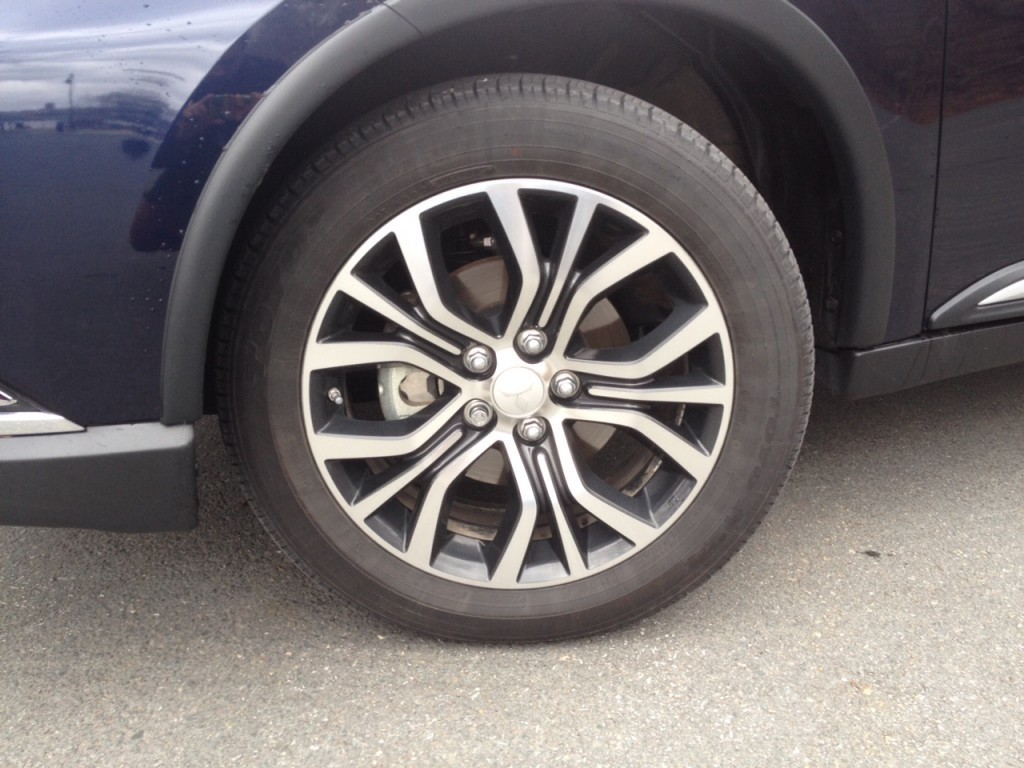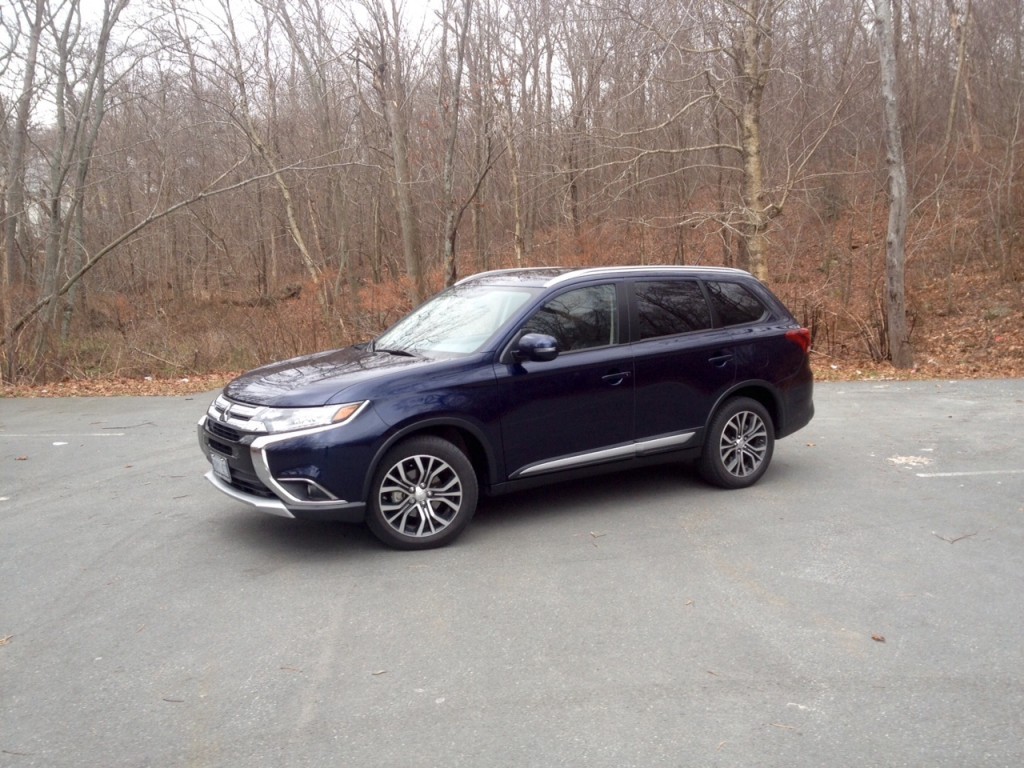
By Kevin Harrison
When my sister and I were much younger, we were finally able to convince my parents to let us get a kitten as a pet. It took a lot of prodding, but they caved.
When it came time to actually pick out which kitten we wanted, I remember we were drawn to one cat in particular. He was a tuxedo cat and was very clearly the runt of the litter. He sort of kept to himself instead of interacting much with the other kittens, who were much more playful, cuddly and attention seeking.
But the little outcast in the corner stole our heart and he was the one we went home with.
I’ve noticed that I tend to be drawn more towards that kind of character in every day life. I tend to root for the underdog at sports games, or the minor character in the plot of a movie or a book.
When it comes to cars, I’m drawn to the more unusual suspects, which is probably why I’m such a fan of Swedish cars.
Mitsubishi is one of those non-typical offerings in just about every segment. Everyone wants a Civic or a Corolla but if I were ever a shopper in that segment (and if I ever am, do me a favour and try to save my soul before I make that plunge), I would still take a serious look at a Subaru Impreza or a Mitsubishi Lancer instead. Those are the underdogs.
The problem with being the underdog continuously, however, is that it could very well mean your own demise. Mitsubishi has been rumoured several times over the past five or so years to pull out of the North American market.
But Mitsubishi’s strategy for staying relevant lies within their crossover vehicles, they claim. So, if they’re going to put all their eggs into one proverbial basket, they better be sure that they have the best possible offering in the segment. And fortunately or unfortunately for them, the compact crossover segment is one of the hottest in Canada.
Exterior
Part of the bid to stay relevant is to perhaps formalize the styling department a bit more. While it may be a bit irritating to have every single model in your lineup indistinguishable from the next, corporate styling to some measure really is the key to longevity. Mitsubishi has introduced their new corporate styling direction on the 2016 Outlander and I have to say, for the most part, it is an improvement. Sporting a brand new face, the Outlander gets a ‘shield’ grille which features a glossy piano black look on the lower housing with chrome surrounding it. There’s also a larger chrome grille along with reworked headlights which feature LED daytime running lights as standard. If you opt for the top GTS trim you get LED headlights as standard. Personally I think there’s too much chrome for my taste but at least the Outlander has a more distinct look up front.
The only conclusion I can draw about the rear styling is that Mitsubishi listened to yours truly. In my review of the 2015 Outlander, I commented that “those altezza-styled tail lights were pretty cool in 2001, but they seem grossly out of place in this decade”. After taking my advice, the Outlander now features a much more stylish and grown up tail light design which feature LED’s as well. The chrome strip on the back is used a bit more tastefully than up front and this is easily the Outlander’s best side. 18 inch wheels, optional on the ES trim, help complete the look.
My tester had the $4,000 touring package which includes, among other things, keyless entry and push start ignition. This is a nice feature but only when it works. There were several times I tried to lock or unlock the doors using the keyless system, which features a button on the door handle for operation, but it wouldn’t respond. When this happened it took five to six tried to get the system to respond to command.
Overall this is a big improvement from the 2015 model year, but I still can’t help but think the ‘shark-nose’ look from a few generations back was the best looking Outlander.
Interior
Along with plenty of exterior changes, there are lots of badly needed updates to the interior as well. One of the first noticeable changes is piano black gloss featured on the lower portion of the steering wheel which, by the way, feature excellent paddle shifters properly placed on the steering column and not the steering wheel itself. This also flows into the centre stack as well where you’ll find a clean look, but there’s still something about the infotainment screen that seems a bit aftermarket. And unfortunately Mitsubishi hasn’t done much with the layout of the menu options as they are all still on the small side which makes it difficult to operate with a gloved hand.
The Outlander’s interior is among the biggest in the segment which means it provides more than adequate head, knee and legroom. If you opt for the V6 engine, you’ll even get a third row seat, but since my tester was the 4-cylinder, the third row was not available. But the real issue with the interior isn’t roominess, it’s comfort. The front driver’s bucket seat feels more like you sit on it rather than in it which means it’s difficult to keep your keister in place while cornering. On top of that, the seat didn’t seem to be fastened down properly. Every time I accelerated, the seat would tip back about half a centimetre, which doesn’t seem like much but it was noticeable. When you break, it then tips back into the spot you had originally set it to. I don’t think I’ve ever experienced this kind of odd sensation in any press vehicle ever; it felt a bit like a rocking chair was fastened for the drivers seat.
And in terms of rear seat comfort, it’s much of the same story only without the rocking motion. But that con was replaced by seat backs which seemed like they were placed at a 90 degree angle, which made for some slight back pain for my rear seat passengers. Those seats fold nicely with the pull of a lever though. The bottom portion catapults itself forward allowing you to fold the back part completely flat. This reveals generous space for cargo and even with the seats up, there’s more than adequate space for most.
Under The Hood
Mitsubishi is one of the few players in the segment to still offer a V6 engine with a proper automatic transmission. The other option is the 4-cylinder which is paired to a continuously variable transmission (CVT). The latter was fitted to my tester. It produces 166 horsepower and 162 pound feet of torque. I would describe this as adequate power and luckily the CVT doesn’t seem as intrusive to the cabin as Mitsubishi CVT’s of the past, and there seems to be less friction as well. But if you’re looking for something with a bit more oomph, the V6 is the better choice and it seems most people agree since the V6 bucks the trend by outselling the 4-cylinder.
This transmission comes with the ability to mimic traditional gear shifts, which is also what the paddles are for. When using manual mode, it does make the drive a bit more interesting, but in my mind there’s still no substitution for the real thing.
On the Road
One of the things I noticed almost immediately is how much quieter the Outlander is from the previous model. There’s less wind and engine noise which creates a pleasant atmosphere. Around town the Mitsubishi does well and is easy to park, but don’t expect much from the handling. Aside from the fact that there does seem to be some improvement in this area, there is still noticeable body roll and the fact that you sit on the seats rather than in them as I mentioned, it just increased the sensation of instability. on the highway, the Outlander feels fine, with adequate power for passing, but you really do need to make the Outlander work in order to achieve that.
But the Outlander also has a trump card that most in this segment doesn’t have, and that’s a true 4-wheel drive system, not a haldex system which sends power to the rear wheels only when it detects slippage. Mitsubishi’s system can be manually put into four-wheel drive lock. In fact, the system has three setting: lock, auto and eco. And boy was I ever happy to have this level of control at my finger tips. Mitsubishi calls their 4 wheel drive system ‘all-wheel control’ or AWC and this actually isn’t just PR jargon, the control part really is true. After being hit with about 20 centimetres of snow, I threw the system into 4 wheel drive lock and away I went. Not only did the Outlander get me from point A to point B but it literally did so with no fuss. Not once did the traction control engage and not once did it get out of sorts. It was almost as if there was no snow on the road at all. I’ve said it before and I’ll say it again, Mitsubishi’s 4 wheel drive system is likely one of the most underrated in the business.
Fuel Consumption
The Outlander in 4-cylinder guise is rated at 9.7 L/100 kms city and 8.1 L/100 kms highway. In mostly city driving my real world consumption results landed at 10.9 L/100 kms, which isn’t really all that great, however it must be noted that my time with the Outlander featured sudden frigid temperatures mid-week.
Conclusion
Mitsubishi’s marketing department likes to tout that the 2016 model Outlander is made 100 ways better. This is something that is immediately noticeable from the 2015 model year. But 100 ways still might not be good enough to sway you from your hard earned cash when you look at what the competition is coming out with. You’ll notice that I used the term ‘adequate’ several times during this review, and adequate just isn’t good enough with fierce competition.
Still, I really do respect Mitsubishi for not giving up and taking things in stride as opportunity for improvement. Besides, there isn’t too many, if any at all in the segment that offers good interior room with a true 4 wheel drive system matched to a V6 and a proper automatic. In my eyes, that’s where the bargain truly lies. Whether or not that’s enough to sway buyers is anyone’s guess.
But like that sweet little kitten huddled in the corner, I can’t help but want to root for the Outlander and Mitsubishi in general. The focus on crossovers might be a good start but only time will tell if it will be enough or it Mitsubishi will be left in the dust.
Base Price: $25,998
Price As Tested (includes fees): $33,448
Pros:
- More grown up styling
- Improved interior
- Interior/cargo room
- Terrific 4 wheel drive system
Cons:
- Uncomfortable seats in all rows
- Finicky keyless entry system
- Not exactly miserly for a 4-cylinder
- Adequate just isn’t good enough anymore
Immediate Competition:
- Chevrolet Equinox
- Dodge Journey
- Ford Escape
- GMC Terrain
- Honda CR-V
- Hyundai Tucson
- Jeep Cherokee
- Kia Sportage
- Mazda CX-5
- Nissan Rogue
- Subaru Forester
- Toyota RAV4
- Volkswagen Tiguan



